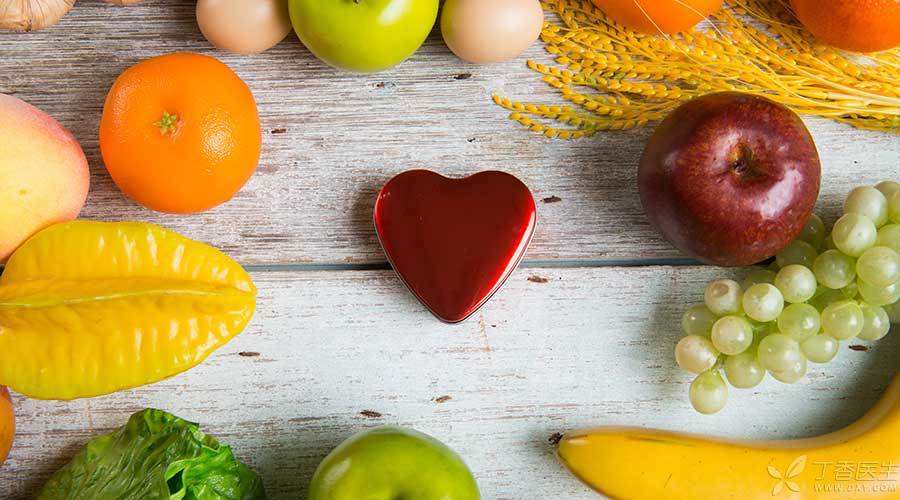
How do you eat vegetables?
A kilo of vegetables a day
Vegetables can provide rich vitamins, minerals and dietary fiber for the human body, and vegetables of different colors are rich in different nutrients, which can help hypertension patients balance nutrition and improve immunity. Some high potassium vegetables can promote the excretion of sodium ions in the body and assist in the treatment of blood pressure rise caused by [high sodium and low potassium] diet.
Hypertension patients should pay special attention to the intake of vegetables, should choose fresh vegetables, it is best to ensure a daily intake of 500g, at least not less than 400g.
For people with diabetes, hyperlipidemia and obesity, the intake of vegetables should be appropriately increased, for example, to 500 ~ 1000g, and attention should be paid to reducing the intake of staple food at the same time.
Choose a variety of vegetables
From a nutritional point of view, vegetables can be divided into leafy vegetables, melon and eggplant, mushroom, root and stem, etc. Different kinds of vegetables have their own emphasis on nutritional components. The amount of 400-500g per day should not be a single or two kinds of vegetables, but should be as many kinds as possible, which can not only avoid monotonous taste, but also absorb a variety of nutrients.
Vegetables [3-1-2] Clever Match
Divide 400 ~ 500 grams of vegetables per day into 6 portions, and then divide them according to the ratio of [3, 1, 2].
3: 200-250g of dark green leafy vegetable
Spinach, celery, rape, cabbage, western blue flower, chrysanthemum, lettuce, etc.
: 70-85g of mushroom
Auricularia auricula, tremella, kelp, Undaria pinnatifida, mushroom, straw mushroom, oyster mushroom, etc.
2: 130-165g of other vegetable
Carrots, pumpkins, tomatoes, purple cabbage, onions, balsam pear, etc.
This collocation method has the characteristics of low calorie, low sugar and high dietary fiber.
Root vegetables are used as food.
Compared with other vegetables, sweet potato, potato, taro, lotus root and other root vegetables have relatively high starch content and can be classified as staple food.
It should be noted that when eating them as rice, it is best to use steaming, baking and boiling methods, and try not to add salt, sugar and oil to give full play to their nutritional advantages.
Cold mix, quick stir-fry, full nutrition and low salt
For most vegetables, direct eating raw, cold mixing, blanching with water and stuffing are all good methods, which can reduce oil consumption, reduce calories and preserve more vitamins.
How to eat fruit?
Diuresis and high potassium fruits are more conducive to lowering blood pressure.
Bananas, strawberries, oranges, grapes, grapefruit, watermelons and other fruits are conducive to lowering blood pressure. When people with hypertension eat fruits, they should choose more of these fruits appropriately, which will be more conducive to the discharge of salt in the body and play a role in lowering blood pressure.
200-400g per day
Although diuresis and high potassium fruits are beneficial to blood pressure control, most delicious fruits are also high in sugar and should not be ingested too much.
The Dietary Guidelines for Chinese Residents suggest that the daily intake of fruits per person should be controlled at 200-400g, equivalent to 1-2 medium-sized apples. People with hypertension can control the amount of fruits according to this standard.
When eating fruit, it is best to eat fruit directly, not only there is no loss of nutrients, but also the chewing process is good for the health of teeth and gums.
For the elderly hypertension patients with bad teeth and weak chewing ability, they can drink fruit juice instead. However, when drinking fruit juice, attention should be paid to the fact that it is best to make fresh squeezed fruit juice at home and do not filter residue, so that the nutritional ingredients of fruits can be best preserved.
Hypertension patients should not drink finished fruit juice, because finished fruit juice generally contains additional sugar, dietary fiber, and vitamin content is not as good as freshly squeezed fruit juice.
